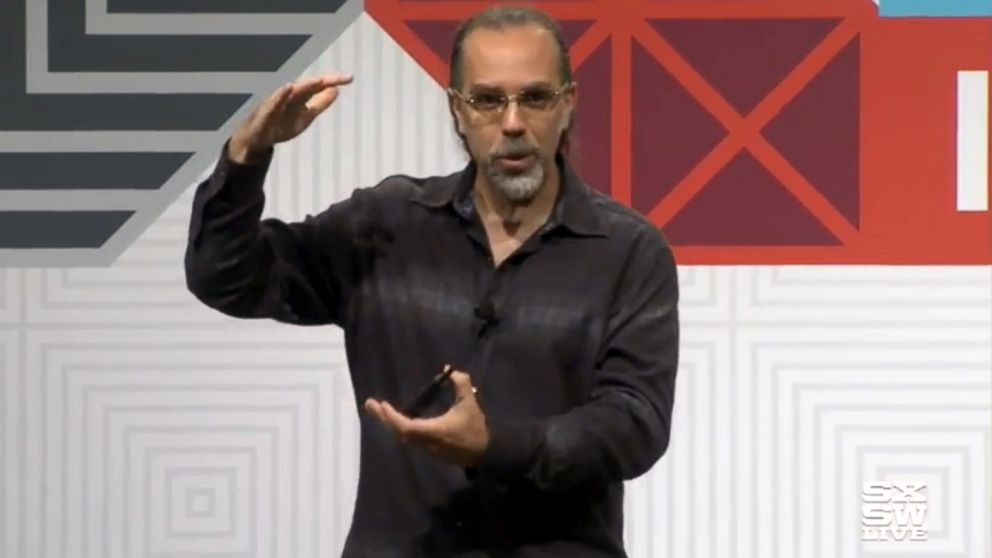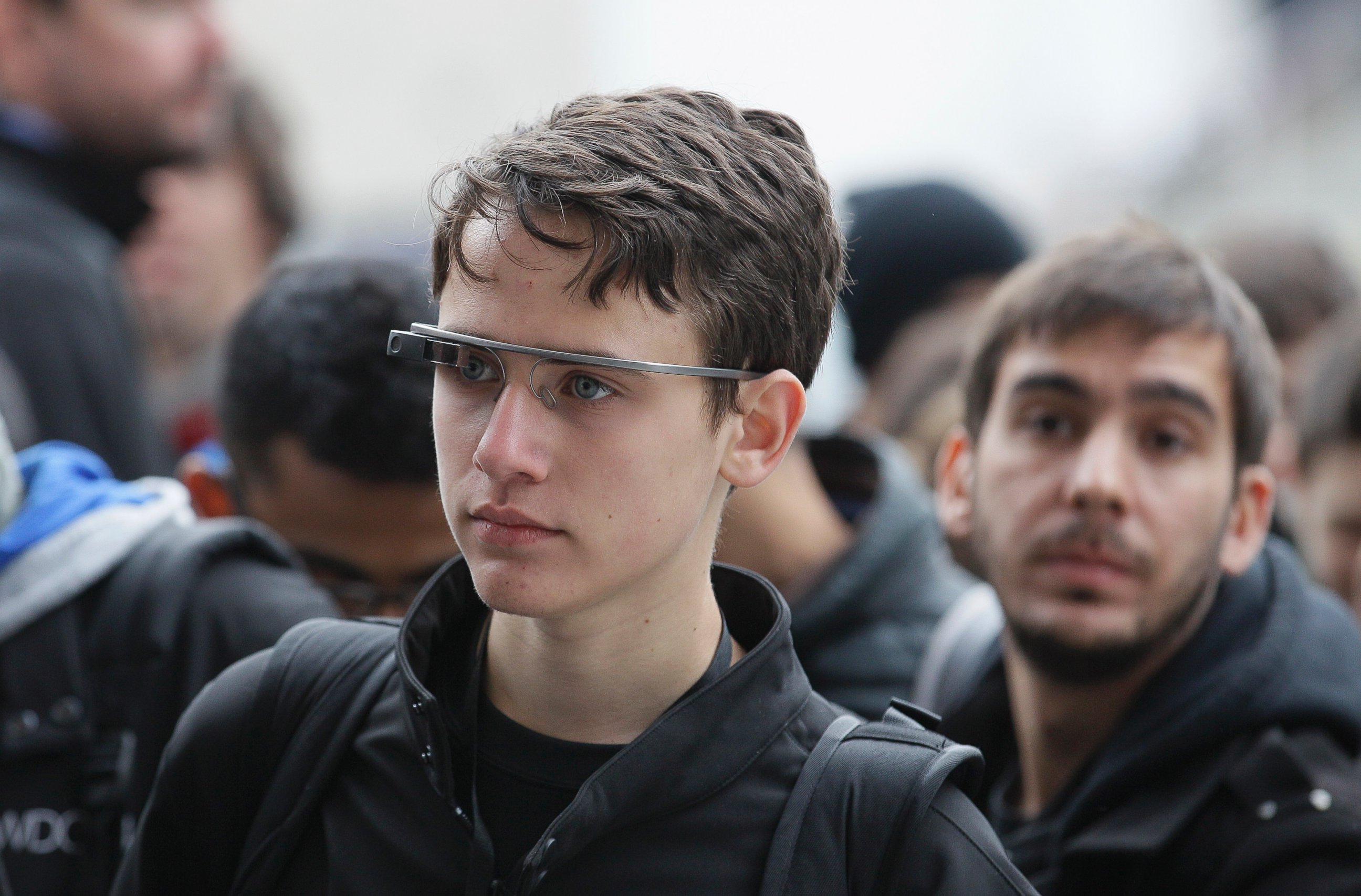SXSW 2015: Why Google X Views Failure as a Good Thing
Scientist Astro Teller reveals everything that went wrong with Google Glass.

— -- When you shoot for the moon, expect to fail.
Astro Teller, the scientist who has the real-life title of "Captain of Moonshots" at the secretive Google X laboratory, delivered a keynote speech at South by Southwest in Austin, Texas, today where he revealed his blueprint for success: failure.
"I don't believe a mistake-free learning environment exists," Teller said. "Failures are cheap if you do them first. Failures are expensive if you do them at the end."
Teller was happy to talk about Google X's failures and ways he instructed his team to intentionally fail.

For Project Loon, Google's Internet-based balloon service, Teller said they intentionally designed the balloons with latex to ensure that they would explode when they reached the high atmosphere.
"We rack up negative examples but that is what we use to get better," he said.
Chief among those examples is Google Glass, the company's futuristic eye wear that ceased production earlier this year as the team went back to the drawing board.
"We did things that encouraged people to think this was a finished product," Teller said. "We could have done a better job of communicating that [but] I’m not sorry about those bumps and scrapes."
Teller said it was important to launch the Google Glass Explorer program to get the devices out into the real world for immediate feedback.
“We learned a lot on the technology front," he said. "Many things like the battery were big obstacles. [Also] to understand how to talk about these things in the real world and figure out how new social norms could be built."
The most pressing issue was privacy -- with people reacting to the camera on the glasses, which were worn in public places. Teller pointed out that in any given area, there were even more security cameras and smartphone cameras.
"We allowed and sometimes even encouraged too much attention for the program," Teller said. "What we wanted was to say to the world this is an early prototype."



